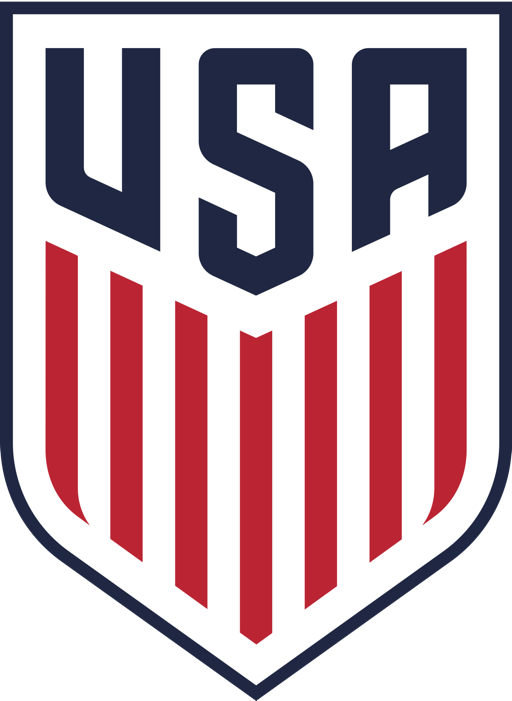As we head into Fall and the end-of-season outdoor tournaments, it is time to start thinking about indoor soccer as a means to keep your team in shape during the off-season. However, indoor soccer is a much different game than the outdoor one, so as a coach you need to be prepared to make some changes in your practice routine and field set-up.
First of all, depending on the age and level of your team, you may actually be able to split your outdoor team into two indoor teams. Typically, an indoor lineup includes five or six players (this includes the goalkeeper). So, if in outdoors you play an 11 v 11 and you have about 18-20 players on your team, you may be able to split your team up into two indoor squads.
You can even switch around the roster between games so all of your players have the chance to play together (if your league will allow this). Indoor soccer is also a good time to evaluate new players if you are a travel coach looking to add more players to your roster in the spring. The indoor season could act as a series of “tryouts,” if you were interested in trying something like this.
Besides the number of players, the biggest difference between outdoor and indoor soccer is the size of the field. Indoor fields range from AstroTurf to hard-packed dirt to a gym floor, and in each place the ball will bounce differently.
The field size differs according to location, but typically a field will be about the size of a basketball court. The four sides of the field are lined with walls, and players may kick and play the ball off of the wall if they choose. The goals themselves are much smaller then in the outdoor game, and are built into the wall itself. The game is fast-paced and aggressive and requires smooth footwork and an accurate shot.
You may want to select a different goalkeeper for the indoor game. If you selected your outdoor goalkeeper on the basis of height and strength, the same physical qualities may not be as beneficial in indoor soccer.
Basically, you want the player with the quickest hands in the goal. You will want to hold a practice session before the season and place all players in goal one at a time while you throw or kick the ball at them. The players with the quickest hands should become your indoor goalkeepers, as long as they are also confident enough to hold down the position (there will be a lot of goals scored on your keepers throughout the season).
As for the lineup, with four or five field players, you will want to set up two players each at defender and forward, with one player in the “center sweeper” position. This center should be your fastest player and one who does not tire out too easily.
The forwards and defenders will mark opponents and cover their “areas” of the field for defense or for shots. The center will sweep up and down the field, assisting and/or marking as needed on defense, and also acting as a third attacker on offense and one who can orchestrate breakaways from the defense.
Indoor soccer is a wonderful complement to outdoor soccer in that players have a chance to improve their speed and shooting accuracy. Many players really enjoy indoor, especially having the opportunity to kick the ball off of the walls and be more involved with all aspects of play.
Hold a few practice sessions before the season begins; it is also a good idea to visit the venue where you will be playing that season and watch another team play to learn more about the playing area and how the ball bounces on that surface. Good luck!




